Spain has many of the best restaurants in the world leading the way in avant-garde cuisine. Now some may consider this a waste of time but these restaurants should not be considered normal restaurants, places you go to enjoy a bit of food and fill your stomach. These venues are events, like going to the opera or seeing a ballet or a musical. Most menus last around three hours so we are talking about almost three hours of culinary entertainment. A gastronomical experience that few have the pleasure of experiencing. Not so much because of the price but more because of the waiting lists. Can Roca has a 10-month waiting list at present. They are places where these "artists" show off there flavourful masterpieces. Each dish is an experience of flavour, art and creativity and many menus carry up to 20 dishes. If you enjoy food and wish to be startled and entertained there is no better option than arranging to visit to one of these culinary temples. For most people it is a one-off experience but certainly an experience that should be enjoyed at least once in a life time.
1. EL CELLAR DE CAN ROCA - Gerona (Can Sunyer, 48)
3 MICHELIN STARS
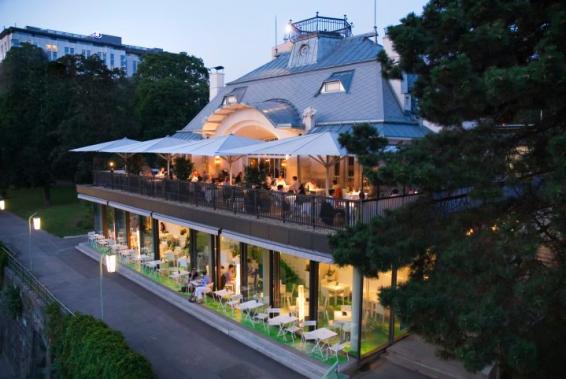
The logo that represents El Celler de Can Roca is an ‘R’ with a difference. The quirk is that the letter that evokes the family name has three ‘legs’ – each representing one of the three Roca brothers, who have combined their diverse skills to such extraordinary effect. This is a Catalan family restaurant through and through, and yet it is also now the best restaurant in the world.
The Spanish favourite entered the World’s 50 Best list eight years ago and has somewhat stealthily climbed the rankings since. Its relatively low-key rise is reflective of the Rocas’ evolutionary approach and modest outlook. The Rocas grew up steeped in their mother’s restaurant in Girona’s working-class suburb of Taiala. In 1986, elder brothers Joan and Josep opened El Celler de Can Roca alongside the original. In 2007 – with younger sibling Jordi on board – they moved just up the road to the striking purpose-built space that remains their home.
Head chef Joan is alone a cook of the very highest order: he helped pioneer the widespread use of sous-vide cooking in the ’90s via his Roner machine and is a technical maestro. Josep is the head sommelier who runs the supremely smooth front-of-house operation: understated but passionate. Jordi is the rule-breaking pastry chef whose creations blow the imagination.
This family triumvirate and their teams create magic without undue theatrics. Eating at El Celler is truly uplifting, with the warmth of the family dynamic all-pervasive.
2. ARZAK - San Sebastián (Alcalde Elosua, 273)
3 MICHELIN STARS
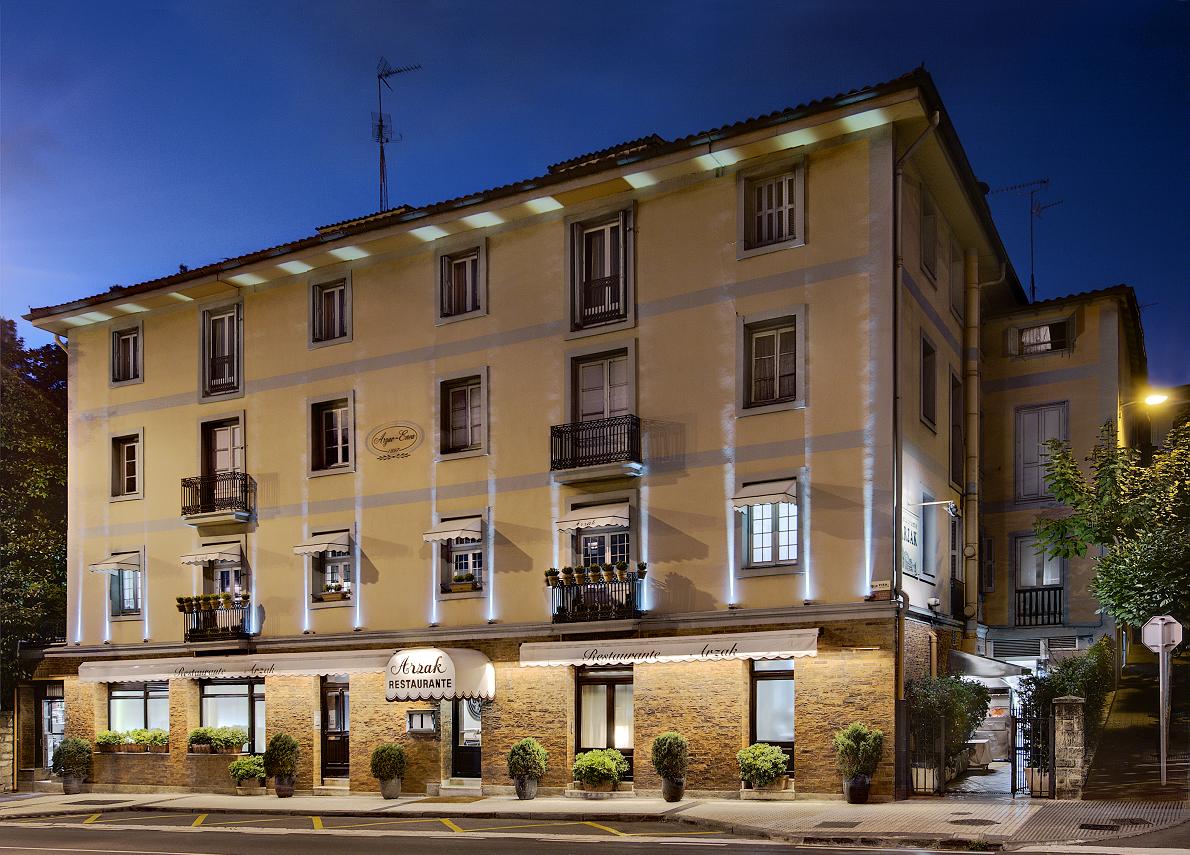
This family-run San Sebastián restaurant has living legend of Basque cuisine Juan Mari Arzak at the helm, alongside daughter Elena Arzak Espina, the World’s Best Female Chef in 2012. The pair tease out the best from local ingredients and food culture by reworking ideas using modern techniques. While rooted in its location and loyal to local bounty, team Arzak isn’t afraid to look further afield for flavours, as its spectacular herb, spice and ingredients room attests..
3. MARTIN BERASATEGUI - Lasarte-Guipuzcua (Loidi Kalea 4)
3 MICHELIN STARS
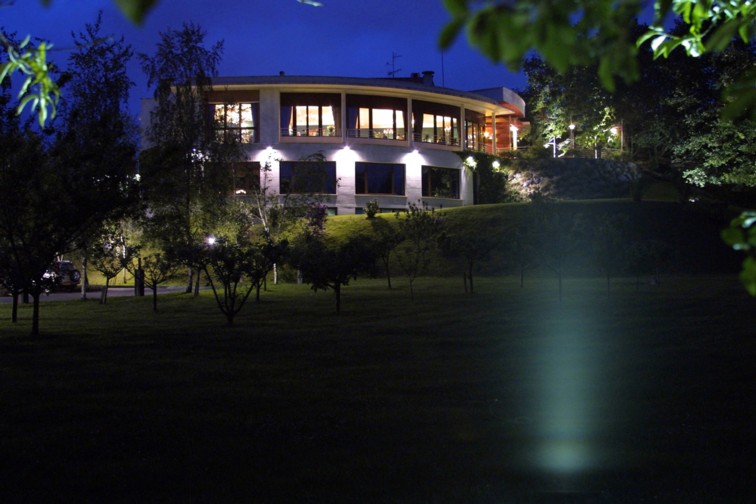
This restaurant is Martín Berasategu's flagship venue. Its menu relies heavily on local produce, to which innovative techniques are applied. The dining room has lovely views of the meadows that surround the restaurant. A place of gastronomic pilgrimage for all who wish to discover the Basque culinary revolution.
4. QUIQUE DACOSTA RESTAURANTE - Denia-Alicante (Ctra. Las Marinas, Km. 3 - Urb. el Poblet)
3 MICHELIN STARS
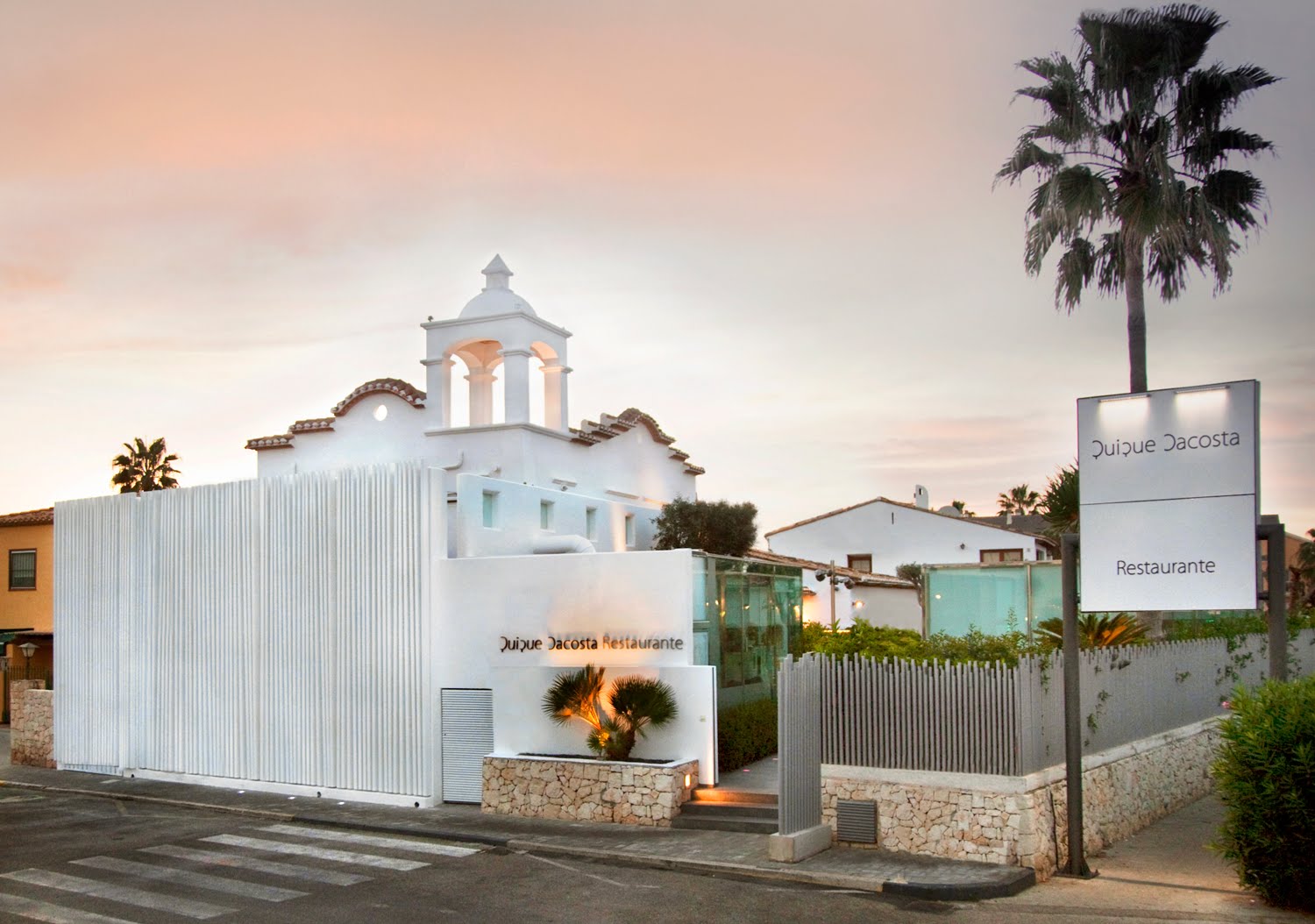
Part avant-garde chef, part ecological researcher, Quique Dacosta occupies the same culinary perch as fellow countrymen Ferran Adrià and the brothers Roca. His eponymous restaurant in Dénia is a hub for food research and unashamedly top-end dining. Typical plates are minimalist and high impact, featuring two or three ingredients, making for great clarity of flavour, demonstrated by the chef’s famous dish of gelatin of Jabugo ham with liquefied peas.
5. SANT PAU - San Pol de Mar-Barcelona (Nou, 10)
3 MICHELIN STARS
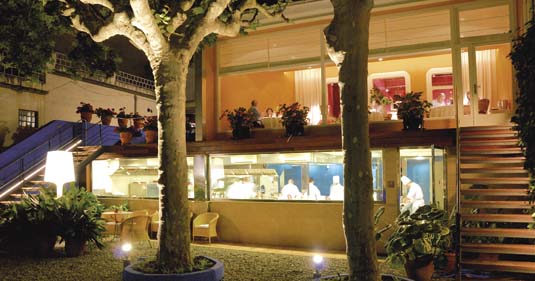
The restaurant has gracefully maintained two spaces in the old seafront townhouse, an interior dining room and a gallery, both of which look out onto the private garden with the Mediterranean sea as a backdrop. Originally the menu at the Sant Pau restaurant was much simpler than the one we find today, especially in terms of technique and complexity. Nevertheless, an equal amount of care and attention was put into selecting the ingredients used always working with the best produce on the market, sourced locally in the Maresme region.
6. AKELARRE - San Sebastian (Paseo Padre Orcoloaga, 56)
3 MICHELIN STARS
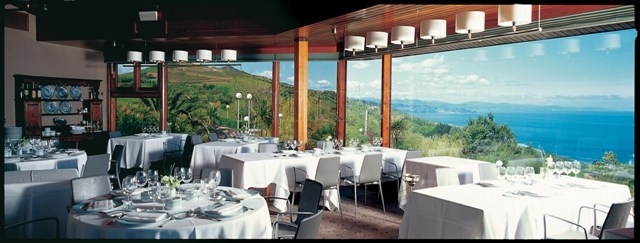
Restaurante Akelaŕe is brought to you by Pedro Subijana and his highly efficient team of professionals. All dedicate their deep-felt passion to ensuring that you take away the best possible memories of your visit from start to finish thanks to a perfect gastronomic experience and the exquisite ritual of the service that goes with it.
7. MUGARITZ - Rentería (Aldura Aldea, 20)
2 MICHELIN STARS
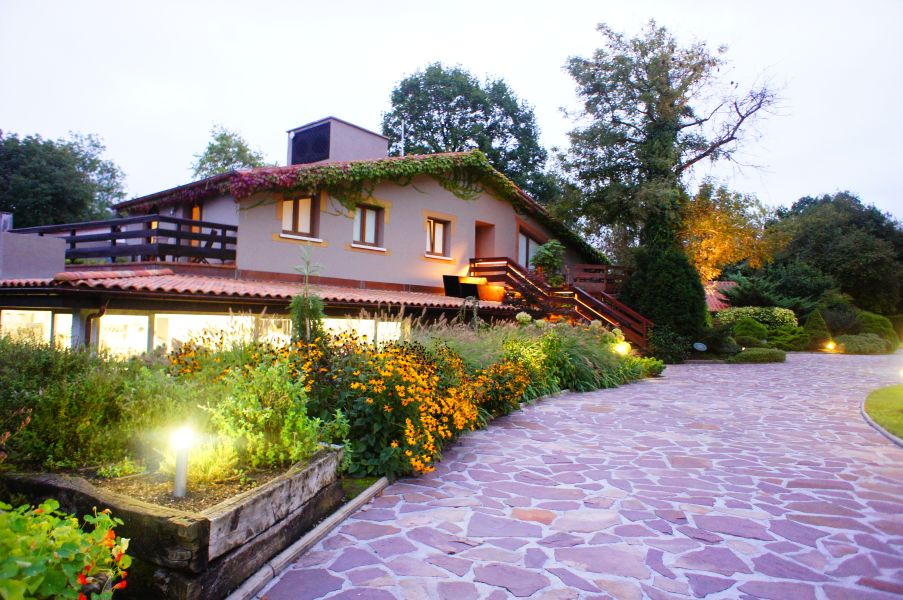
At Mugaritz diners are treated to a multiple-course tasting menu of intricate yet small dishes developed through a creative process and attention to detail that borders on the obsessive. Chef-patron Andoni Luis Aduriz aims to play with guests and reflect on the different ways a restaurant can have an impact, rather than just filling people up and sending them on their way. From that point of view, there is no other place like Mugaritz in the world.
8. AZURMENDI - Larrabetzu (Corredor del txorierri salida nº 25)
3 MICHELIN STARS
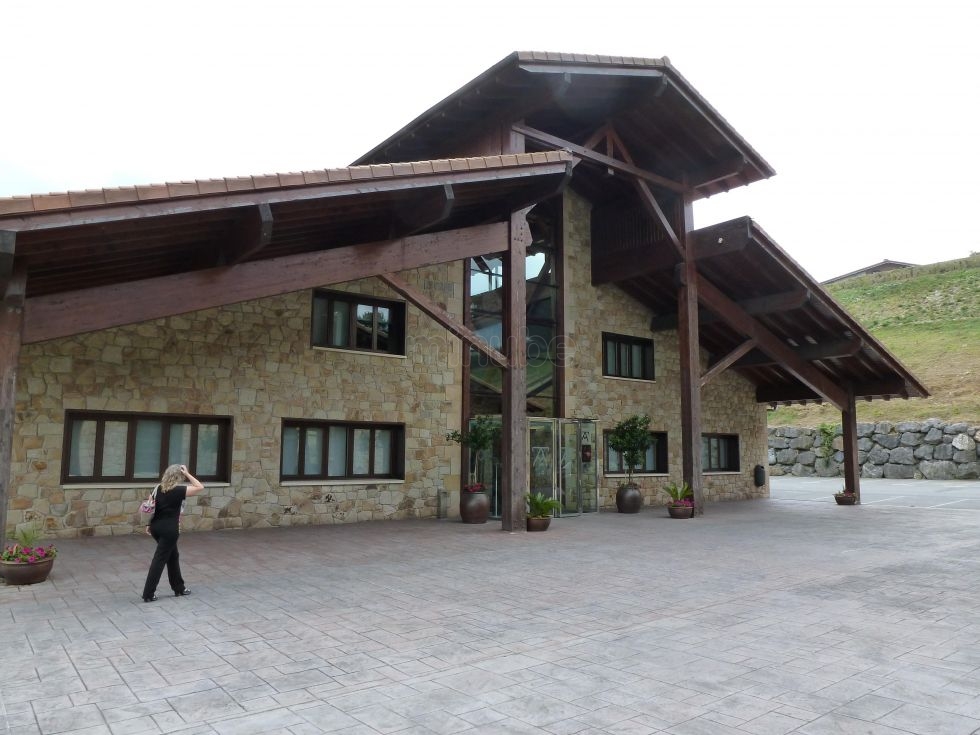
Gastronomical Azurmendi is a new space created and designed according to Eneko Atxa’s philosophy and desires. It’s a space that seeks identity and diversity; a space that’s alive, vulnerable, and interdependent. It’s an ecosystem in which space, humans, animals, and vegetables complement each other according to Eneko’s objective: “to delight all who go into it, an accommodating, relatable identity of pleasure that seeks to make something universal from what’s local.”
9.ATRIO - Cáceres (Avenida de España, 30)
2 MICHELIN STARS
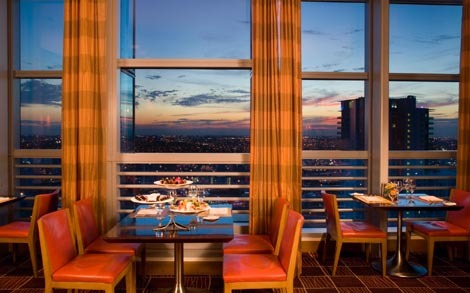
Atrio is the Spanish word for atrium, a central element of traditional Mediterranean architectural design that dates back to antiquity and is the metaphorical heart of the family home in the Iberian world. Juan Antonio Pérez and José Polo, the team behind the Atrio experience, have created a new international culinary landmark in the historic city of Cáceres, a singular place situated at the crossroads of Iberian culture and history.Atrio is a legendary destination for the most discriminating gourmet traveller.
10. CALIMA - Marbella (C/ José Meliá, s/n)
2 MICHELIN STARS
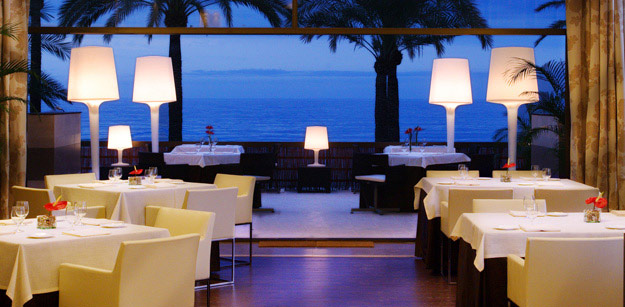
What Ferran Adrià is to Catalonia or Martin Berasategi to the Basque Country, the young chef Dani García is to Andalusia. García has won the adulation of food critics and cooks by whipping up startling combinations in his wise, fresh and innovative kitchen. The mouth-watering aroma coming from his food, takes us to the Calima Restaurant, in the Gran Meliá Don Pepe Hotel in Marbella. Chef García offers a mixture of natural ingredients, traditional flavours, familiar Andalusian notes, inventiveness and such gastronomic innovations as liquid nitrogen to prepare his meals.